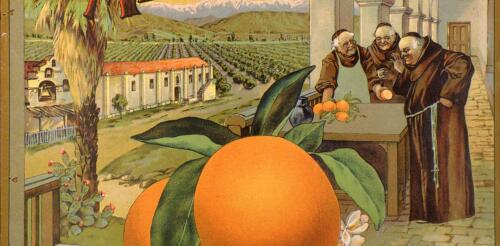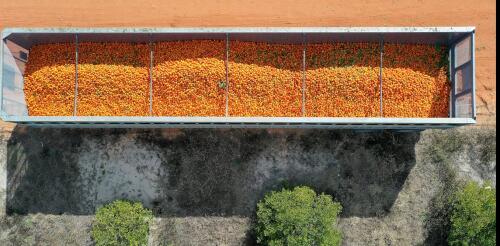citrus industry
Images of orange groves and Spanish-themed hotels with palm tree gardens filled countless pamphlets and articles promoting Southern California and Florida in the late 19th century, promising escape from winter’s reach. This vision of an “American Italy” captured hearts and imaginations across the U.S. In it, Florida and California promised a place in the sun for industrious Americans to live the good life, with the perfect climate. But the very climates that made these semitropical playgrounds the American dream of the 20th century threaten to break their reputations in the 21st century. A postcard illustrates the latest style for Miami beach bathing around 1920. Asheville Post Card Co./Wikimedia In California, home owners now face dangerous heat waves, extended droughts that threaten the water supply, and uncontrollable wildfires. In Florida, sea level rise is worsening the risks...
Citrus trees showing natural tolerance to citrus greening disease host bacteria that produce novel antimicrobials that can be used to fight off the disease, our recent study shows. We found the trees at an organic farm in Clermont, Florida. Citrus greening disease – known more formally as Huanglongbing, or HLB, is caused by the bacterium Candidatus Liberibacter asiaticus. It is spread by an insect called the Asian citrus psyllid. There is no known cure for the disease. We are Florida-based researchers who study sustainable farming practices, a discipline also known as agroecology. Our team has isolated these antimicrobial compounds in the lab and is now working to test them with the goal of producing an effective treatment for HLB. Why it matters HLB has dealt a massive blow to Florida’s iconic citrus industry. Since citrus greening disease was first detected in the state in 2005, Florida citrus production is down by more than 92%. The disease is just one factor....

